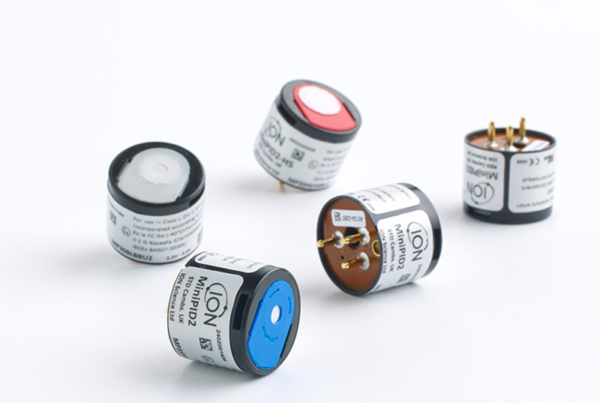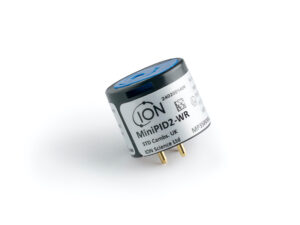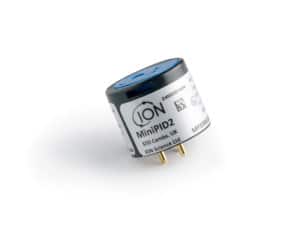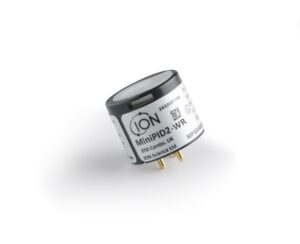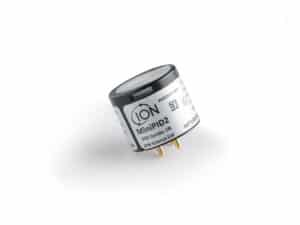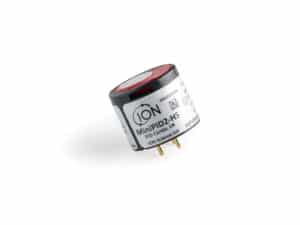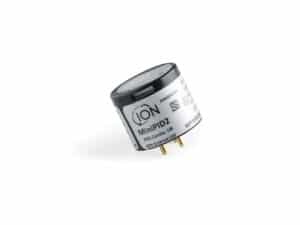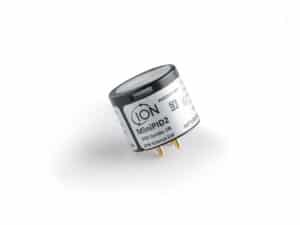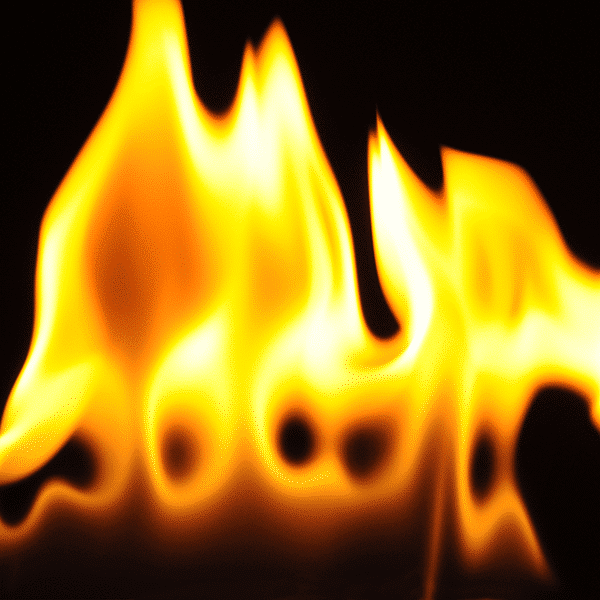
Photoionization detectors (PIDs) and flame ionization detectors (FIDs) are sensitive low-range gas and vapor instruments that optimize detecting different gases, like volatile organic compounds (VOCs). Both assist in maintaining the safety of workers through gas detection, but what sets them apart from each other? Comparison of Photoionization and Flame Ionization Detectors
How It Works
PID instruments use ultraviolet (UV) light sources to ionize a gas sample and detection its concentration. Ionization is achieved when a molecule absorbs UV light while ejecting a negatively charged electron and forming a positively charges molecular ion. They are non-destructive devices and can capture samples for further analysis at a later time.
FID instruments use a hydrogen-air flame to ionize sample gas and detect its concentration. Ionization is achieved when electrons are ejected from VOC molecules in the hot combustion flame. The electric charge from this results in a current easily measured at the sensor electrodes, causing the VOCs in the sample to be completely combusted. The device is destructive and cannot be maintained for further analysis.
Reading
PIDs and FIDs have different sensitivities and must be calibrated with different gases. The following shows the sensitivities of each, the top being most sensitive down to the bottom indicating little to no sensitivity:
| PID Devices | FID Devices | |
| Aromatics, Iodine Compounds | Aromatics, Long-Chain Compounds | |
| Olefins, Ketones, Ethers, Amines, Sulfur Compounds | Short-Chain Compounds like Methane | |
| Esters, Aldehydes, Alcohols, Aliphatics | Chlorine, Bromine, and Iodine Compounds | |
| Chlorinated aliphatics, Ethane | ||
| Methane (no response) |
Overall, PIDs respond well to functional groups while FIDs respond to carbon chain lengths the best.
Methane Reactions
FIDs are usually calibrated with methane whereas PIDs cannot detect methane at all. The high ionization energy of methane prevents UV light sources from completing the ionization process. However, PIDs can measure toxic VOCs in landfills, which can possibly contain non-toxic methane. This is the only type of methane detected by PIDs since non-toxic methane can interfere with measurements when using an FID.
Other Factors
In high humidity, FIDs are mostly unaffected unless water condensation on the sensor occurs, causing it to extinguish the flame. PIDs can have some effects on measurements such as reduced responses, causing the user to clean the sensor routinely as part of its maintenance.
PIDs are easier to use than FIDs because they are usually smaller, lighter, and less complex. But, PIDs may need lamp and sensor cleaning when used in heavily contaminated areas. FIDs require hydrogen, resulting in the need to handle the equipment more, as well as some safety concerns if not transported properly. The flame going out can also occur, restarting the process for its measurement.
ION Science is a leading gas detection and prevention company offering a variety of solutions across a vast amount of applications. To find out more about the products from ION Science regarding gas and leak detection, view our products page. For more information about our PID products or if you have a question for us, contact ION Science today.
Comparison of Photoionization and Flame Ionization Detectors
